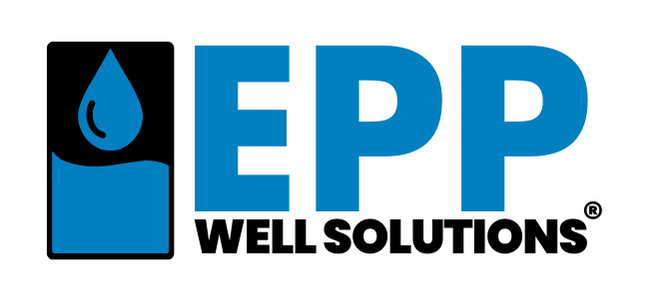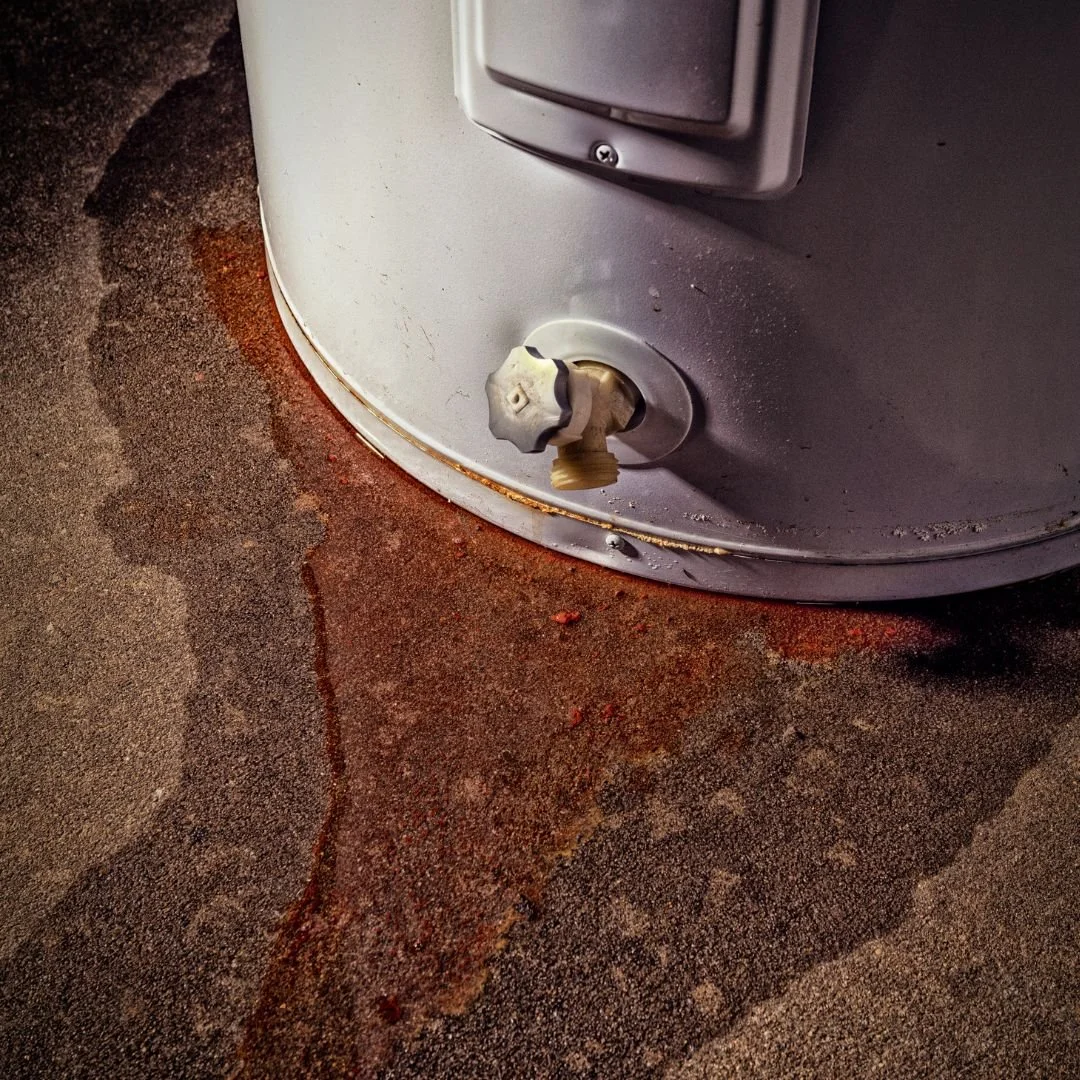How to Handle High Iron Content in Your Well Water
For homeowners relying on private wells, water quality can significantly impact daily life, from drinking and cooking to bathing and appliance use. High iron content is one of the most common issues in well water, particularly in regions with iron-rich soils or bedrock. While not typically a health hazard, excessive iron can cause aesthetic problems like metallic taste, staining, and appliance damage, as well as operational challenges in low-yield wells producing less than 1 gallon per minute (GPM). In 2025, with advancements in water treatment technology, addressing high iron levels is more manageable, but it requires understanding the problem and choosing the right solutions. This article explores the causes and effects of high iron in well water, testing methods, treatment options, maintenance strategies, and integration with modern systems, empowering well owners to ensure clean, reliable water.
Understanding High Iron in Well Water
Iron in well water typically comes from natural sources, such as iron-bearing minerals like hematite or pyrite in the aquifer, or from corroding well components like steel casings or pumps. It exists in two primary forms: ferrous (dissolved, clear-water iron) and ferric (oxidized, reddish particles). Ferrous iron is invisible in water until it oxidizes upon exposure to air, forming ferric iron that causes rust-colored stains. Concentrations above 0.3 parts per million (ppm) are considered problematic, with well water often ranging from 0.5–10 ppm in iron-rich areas. In low-yield wells, high iron can exacerbate flow issues by clogging screens or pipes, reducing output. Other compounds, like iron bacteria, can worsen the problem by forming slimy deposits. Understanding these forms and sources is key to selecting effective treatment methods.
Effects of High Iron Content
High iron levels create multiple challenges for well owners. Aesthetically, iron imparts a metallic taste to water, affecting drinking and cooking quality, which can be off-putting for households using 200–300 gallons daily. Staining is a major issue, with reddish-brown marks on fixtures, sinks, and laundry, requiring frequent cleaning. Operationally, iron buildup can clog pipes, pumps, and appliances like water heaters, reducing efficiency and lifespan. In low-yield wells (0.5–1 GPM), this scaling can further restrict flow, compounding water scarcity. Iron bacteria, thriving in iron-rich water, form biofilms that block well screens and pumps, potentially requiring costly rehabilitation. While iron is not a significant health risk at typical levels, chronic exposure to very high concentrations may cause minor digestive issues, and iron bacteria can harbor other pathogens, necessitating proactive management.
Testing for Iron in Well Water
Accurate testing is the first step to addressing high iron content. Home test kits, available for a modest cost, provide a quick estimate of iron levels (0.3–10 ppm range) using color-change strips. For precision, laboratory testing through certified facilities is recommended, analyzing total iron, ferrous vs. ferric forms, and iron bacteria presence. Collect samples after running the water for a few minutes to clear stagnant lines, and test annually or after noticing symptoms like staining or taste changes. In low-yield wells, testing should include pH and hardness, as acidic water (pH below 6.5) or high mineral content can exacerbate iron issues. Results guide treatment choices, ensuring solutions match the specific iron type and concentration.
Treatment Options for High Iron
Several treatment methods effectively reduce iron in well water, tailored to iron type, concentration, and household needs:
Water Softeners: Best for ferrous iron below 2 ppm, softeners use ion exchange to remove dissolved iron alongside hardness minerals. They’re suitable for low-yield wells but require regular salt refills and may struggle with higher iron levels or iron bacteria.
Oxidizing Filters: These convert ferrous iron to ferric iron, which is then trapped in a filter media like manganese greensand or Birm. Effective for 0.5–5 ppm, they handle moderate iron levels and are low-maintenance, though filter media needs periodic replacement.
Aeration Systems: By injecting air into water, aeration oxidizes ferrous iron for filtration, ideal for 5–10 ppm. They’re effective for high iron but require space and power, making them less practical for small homes with low-yield wells.
Chemical Oxidation: Chlorine or hydrogen peroxide injections oxidize iron, followed by filtration, suitable for severe cases (10+ ppm) or iron bacteria. These systems are complex but effective, requiring careful monitoring to avoid over-treatment.
Reverse Osmosis: For drinking water only, reverse osmosis removes low levels of iron but is impractical for whole-house treatment due to water waste and limited flow, a concern in low-yield wells.
Choosing the right system depends on iron levels, water usage, and well yield, with professional consultation recommended for optimal sizing.
Preventing Iron-Related Issues
Preventive measures can minimize iron problems before treatment is needed. Regular well inspections ensure casings and pumps aren’t corroding, a common iron source in older wells. Sealing wellheads and maintaining a 100-foot buffer from potential contaminants like fertilizers reduces external iron inputs. In low-yield wells, avoiding over-pumping prevents sediment disturbance, which can increase iron and bacteria. Water conservation, such as using low-flow fixtures, aligns usage with well capacity (0.5–1 GPM), reducing scaling risks. Regular well cleaning, like brushing or surging, prevents biofilm buildup from iron bacteria, particularly in deep wells where maintenance is challenging. These steps complement treatment, enhancing system longevity.
Maintenance of Iron Treatment Systems
Maintaining iron treatment systems ensures consistent performance. For water softeners, refill the brine tank monthly with salt or potassium chloride, checking for “salt bridging” that blocks regeneration. Clean oxidizing filters every 6–12 months to replace or regenerate media, preventing clogging. Aeration systems require quarterly checks of air injectors and filters to ensure proper oxidation. Chemical oxidation systems need regular monitoring of chlorine or peroxide levels to avoid under- or over-dosing. Test water quality annually to confirm treatment effectiveness, adjusting systems as needed. In low-yield wells, schedule maintenance during low-demand periods to avoid flow disruptions. Professional servicing every 1–2 years catches issues early, extending system life to 10–20 years.
The Well Harvester
For low-yield wells, pairing iron treatment with a storage system optimizes water delivery and protects equipment. The Well Harvester from Epp Well Solutions stores up to 215+ gallons in a well water holding tank, buffering demand to prevent over-pumping, which can exacerbate iron buildup in low-yield wells. Its automated controls and touchscreen interface monitor flow and pressure, ensuring treatment systems operate within well capacity. By reducing pump cycling, the Well Harvester minimizes sediment disturbance, lowering iron and bacteria risks. Its compact, FDA-approved tank makes it an ideal complement for iron-treated water systems, enhancing reliability in 2025’s water-conscious environment.
High iron content in well water, while manageable, requires proactive testing and treatment to prevent staining, clogs, and appliance damage. By understanding iron types, testing regularly, and choosing appropriate treatments like oxidizing filters or softeners, homeowners can maintain high-quality water. Preventive measures and diligent maintenance further protect low-yield wells, where flow is critical. Integrating solutions like the Well Harvester ensures efficient water use, reducing iron-related issues and extending system longevity. With these strategies, well owners can enjoy clean, reliable water for years to come.


